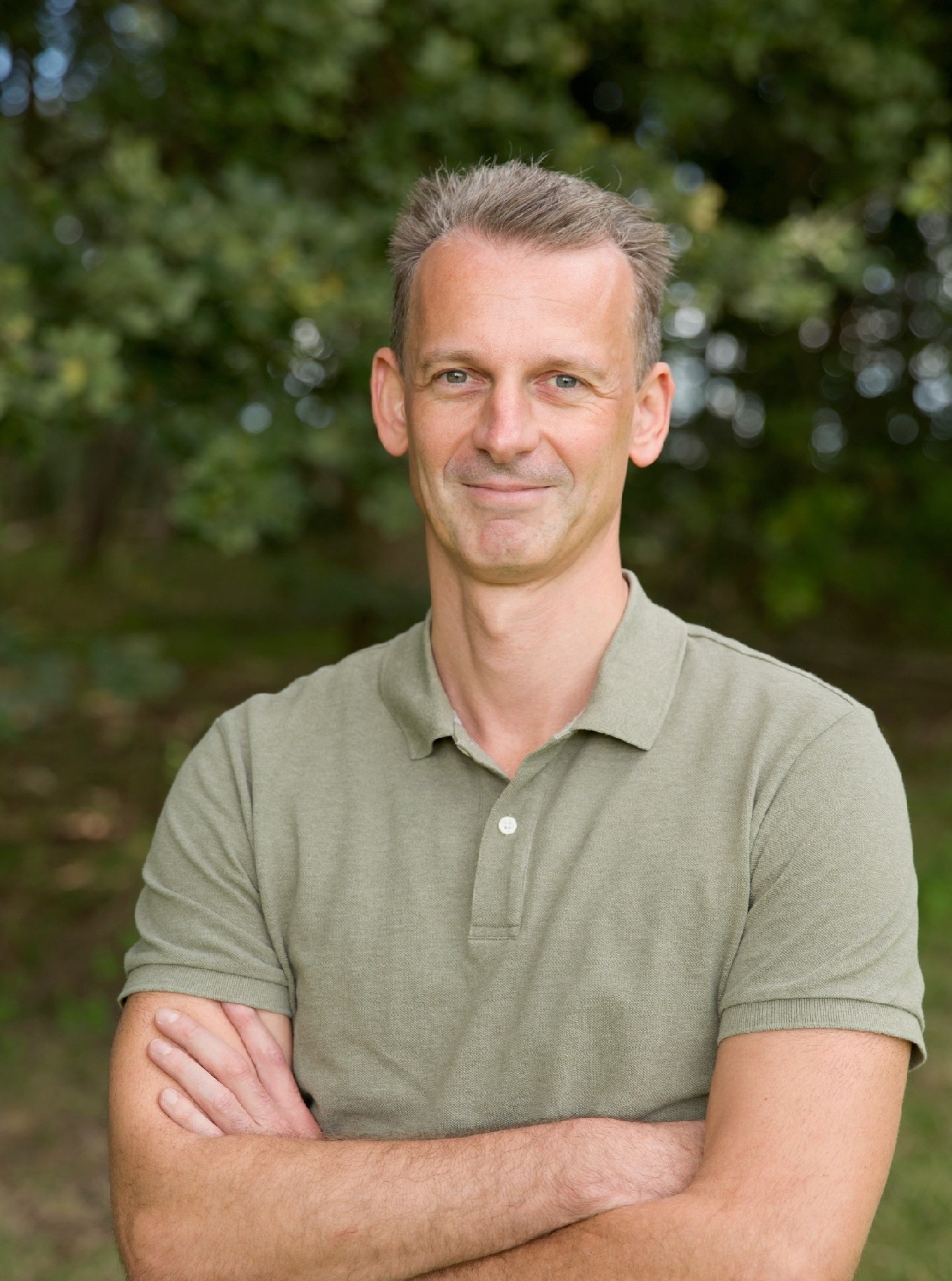New study Make Nature Count 2.0 assigns price to ecosystem services

Roel Nozemans, Head Biodiversity ASN Bank
By measuring the positive impact of investments on biodiversity, you can count how many hectares of land have been restored and how animal and plant species are developing. But you can also put a price tag on the development of this natural capital. The study ‘Make Nature Count 2.0’ looked at two projects of the ASN Biodiversity Fund from that perspective.
Measuring impact on biodiversity is pioneering work. In 2015, ASN was the first to map the biodiversity footprint of investments by using a new measurement method, the BFFI. That footprint concerns quantities of land, water and air that are or are not protected or restored to a pristine nature condition.
But in an economy in which everything we produce and consume ultimately depends on nature, you can also assign an economic value to the latter. Without clean air, people become ill. A healthy forest captures CO2 and is a good place for people to relax. Clean drinking water is vitally important. Such ecosystems contribute directly and indirectly to human well-being. These are hugely valuable ecosystems that we use ‘for free’
Researchers are working on pricing methods for such ecosystem services. The Foundation for Sustainable Development (FSD) enters their results into a large database that contains the monetary value of local ecosystem services throughout the world.
Roel Nozeman, head of biodiversity at ASN Bank, and Sytse de Jong, researcher at ASN’s Expertise Centre for Sustainability, worked with the FSD to examine two investments by the ASN Biodiversity Fund on the basis of this Ecosystem Services Valuation Database (ESVD).

Sytse de Jong, researcher at ASN's Expertise Centre for Sustainability.
Nozeman: ‘By looking at the impact on biodiversity in this way, you include many more impacts than just the revenue of a specific project for the entrepreneur and the investor. The ecosystem services that we measure affect stakeholders much further afield, such as farmers in the local area or society as a whole, which is entitled to protection against climate change. You can only arrive at a total economic value if you take everything into account.
De Jong: ‘In that respect, biodiversity is completely different from climate, which primarily concerns emissions. That’s much simpler than nature: a forest in Spain represents a completely different value than a forest in the Netherlands, or the Amazon, for example.’
"Compared with the baseline, the total economic value clearly increases. What our calculations also show is that investing in nature always needs time, precisely because it’s literally about growth."
Nozeman and De Jong selected an agricultural project by SLM’s Silva Europe Fund in Spain, where an entrepreneur is switching from monoculture to an organic approach. They also included a project by the Amazon Biodiversity Fund concerning reforestation in the Amazon in their study.
Next, they drew a comparison with the situation at the start of those projects: how will the investments increase the revenue in dollars from specific ecosystem services and products such as wood, almonds and olives in the years ahead?
As regards the Spanish farmer, he is still busy switching to organic cultivation and at the same time wants to restore the dry, depleted nature on his land. Over several years, this new land management method will have a significant positive impact on the biodiversity of the land, which the Make Nature Count 2.0 study has managed to translate into hard dollars. The study has not been completed yet, but the initial results are impressive.
'"‘We’re the first to calculate the total economic value of investments. This provides insights into the value that the investments add."
De Jong: ‘Compared with the baseline, the total economic value clearly increases. What our calculations also show is that investing in nature always needs time, precisely because it’s literally about growth. You won’t achieve the full revenue from ecosystem services that a project aims for within a year or two, but that’s also part of investing in biodiversity: being guided by the longer term.
Nozeman: ‘And then we see very clearly: whereas you would normally have to depreciate land that produces progressively lower yields owing to monoculture, these investments in restoring biodiversity grow in value over time.’
The study itself is pioneering work, Nozeman says. ‘We’re the first to calculate the total economic value of investments. This provides insights into the value that the investments add. As far as I’m concerned, it would be ideal if we could at some point do this for all projects, and ultimately for all investments by ASN Impact Investors.’
With the Make Nature Count 2.0 study, which is set to be published at the end of this year, the researchers clearly want to inspire both other financial parties and government authorities to include the economic value of biodiversity in their decision-making, De Jong: ‘Their policies can be guided by the insights into the value of ecosystem services. We’re now making visible what was invisible before: the value of nature, expressed in money. After all, money is a language everyone understands.

Read more of the impact of the ASN biodiversity Fund in the ASN Biodiversity fund Impact Report
